Rising Urbanization
The increasing trend of urbanization appears to be a pivotal driver for the Glass Facade Market. As populations migrate towards urban centers, the demand for commercial and residential buildings escalates. This urban expansion necessitates innovative architectural solutions, where glass facades are favored for their aesthetic appeal and functionality. According to recent data, urban areas are projected to house approximately 68% of the world's population by 2050, which could lead to a substantial increase in construction activities. Consequently, the Glass Facade Market is likely to experience significant growth as architects and builders seek to incorporate modern designs that utilize glass facades to enhance the visual appeal and energy efficiency of structures.
Architectural Innovation
Architectural innovation is a crucial driver for the Glass Facade Market, as architects continuously seek new materials and designs to create visually striking buildings. The integration of glass facades allows for greater design flexibility, enabling the construction of unique and modern structures that stand out in urban landscapes. Recent trends suggest that architects are increasingly utilizing glass to create dynamic facades that not only enhance aesthetics but also improve natural lighting and energy efficiency. This shift towards innovative architectural solutions is likely to stimulate demand within the Glass Facade Market, as more projects incorporate glass as a primary material for facades.
Energy Efficiency Regulations
Stringent energy efficiency regulations are increasingly influencing the Glass Facade Market. Governments and regulatory bodies are implementing policies aimed at reducing energy consumption in buildings, which often necessitates the use of advanced glass technologies. For instance, energy-efficient glass facades can significantly lower heating and cooling costs, aligning with sustainability goals. The market data indicates that buildings equipped with high-performance glass facades can reduce energy usage by up to 30% compared to traditional materials. As these regulations become more prevalent, the demand for glass facades that meet or exceed these standards is expected to rise, thereby propelling the growth of the Glass Facade Market.
Consumer Preference for Natural Light
There is a growing consumer preference for natural light in residential and commercial spaces, which significantly impacts the Glass Facade Market. As individuals become more aware of the benefits of natural light, such as improved mood and productivity, the demand for buildings featuring expansive glass facades is likely to increase. This trend is particularly evident in office spaces, where studies indicate that access to natural light can enhance employee performance. Consequently, developers and architects are increasingly incorporating glass facades into their designs to meet this consumer demand, thereby driving growth in the Glass Facade Market.
Technological Advancements in Glass Production
Technological advancements in glass production are transforming the Glass Facade Market by enabling the creation of high-performance glass products. Innovations such as low-emissivity coatings and triple-glazing techniques enhance the thermal insulation properties of glass, making it a more viable option for energy-efficient buildings. Market data suggests that the introduction of these advanced glass technologies could lead to a significant increase in the adoption of glass facades in new constructions. As manufacturers continue to invest in research and development, the Glass Facade Market is poised for growth, driven by the demand for cutting-edge glass solutions that meet modern architectural needs.


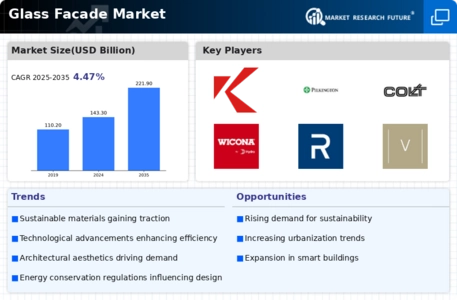
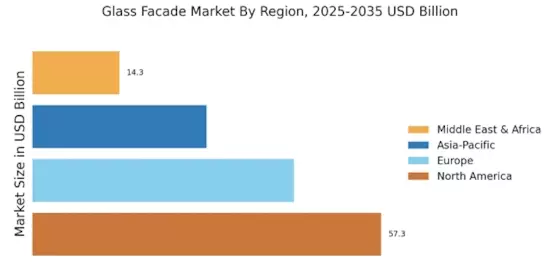
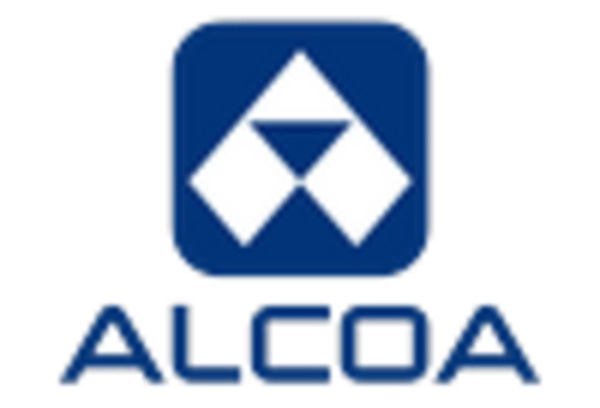
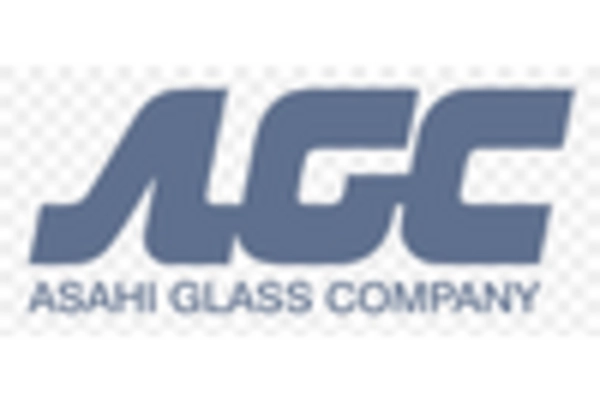
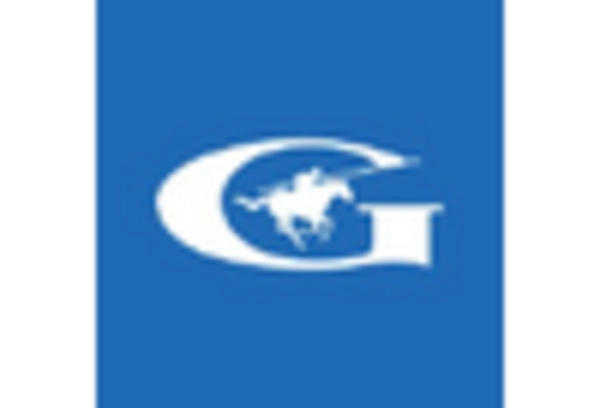
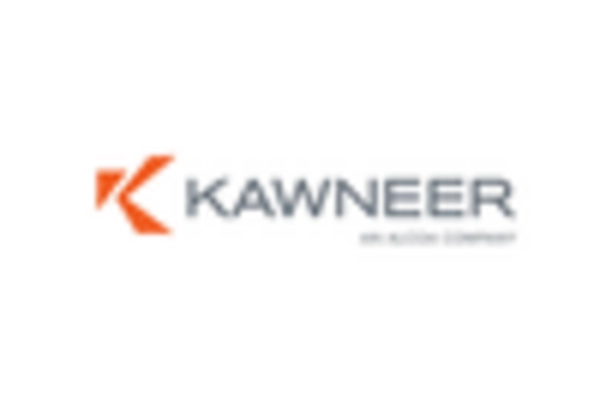

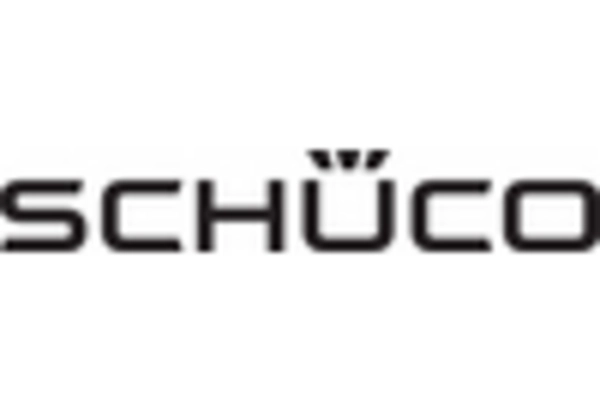








Leave a Comment